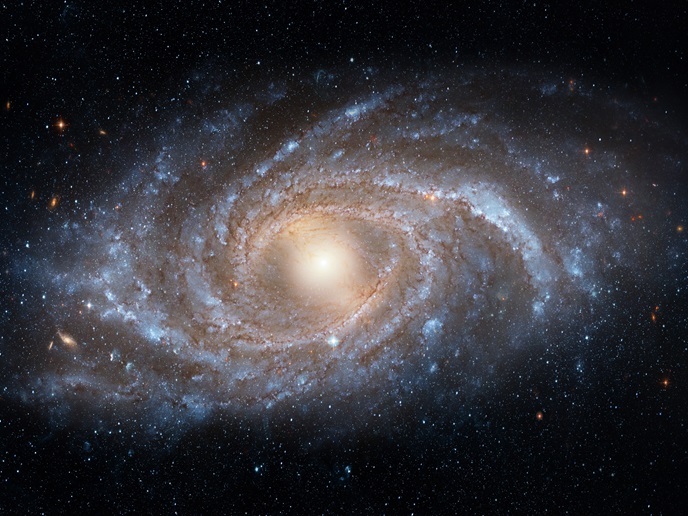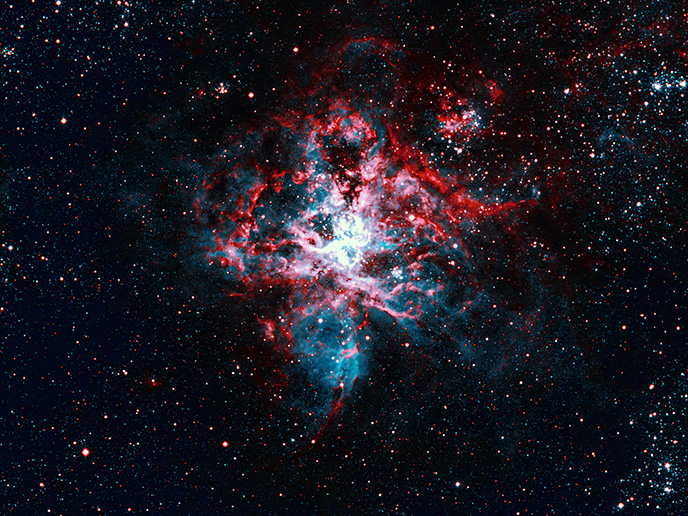Helping astronomers see what can’t be seen
The European Space Agency’s(opens in new window) Gaia mission(opens in new window) has collected fundamental astronomical data for billions of stars in the Milky Way. In fact, from its launch in 2013 to when it was shut down in March 2025, Gaia made more than three trillion observations of two billion stars and other objects found across our galaxy – and beyond. While these observations have significantly advanced our understanding of how the Milky Way was formed and is structured, even a powerful telescope such as Gaia can’t see everything. “A proper analysis of the Gaia data requires that we also understand the parts of our galaxy that Gaia couldn’t see,” says Anthony Brown(opens in new window), an associate professor at the Leiden Observatory(opens in new window), part of Leiden University(opens in new window).
A transatlantic success story
Helping scientists ‘see’ what Gaia could not is the EU-funded GaiaUnlimited(opens in new window) project. While Gaia may have been a European mission, GaiaUnlimited is transatlantic. Not only did the project involve several European partners(opens in new window), it also involved New York University(opens in new window). “Our U.S. partners initiated the first discussions about this project and contributed essential ideas to the basic principles that underly the implementation of the selection function,” notes Brown. In turn, U.S. partners had access to huge amounts of Gaia data. GaiaUnlimited also involves Monash University(opens in new window) in Melbourne, Australia, making it not just a transatlantic project but an international one. Combining resources and expertise will enable astronomers to strengthen their capabilities, whatever continent they are based on.
Observing the universe
When astronomers observe stars to study their physical properties, their observations are typically limited to the brightest stars that can be seen with a telescope. As a result, they observe only those stars that are located out to a maximum distance. Beyond this distance the stars are just too faint to observe. “When surveying the skies, we tend to ‘select’ the brightest and nearest stars that are easiest to observe,” explains Brown. “Depending on how powerful the telescope is or how sensitive the device behind the telescope that measures the light from the stars is, we observe a different selection of stars out of all the stars that exist in the Milky Way.” This process is known as the ‘selection function’(opens in new window) of a survey, and it tells researchers the probability that a star with given observed properties can be detected by a telescope and measurement device. “The selection function in turn allows us to derive the fraction of stars of a given type that our survey can detect, known as ‘completeness’,” adds Brown. The GaiaUnlimited project set out to develop and implement the selection function for the Gaia survey.
An unlimited view of the Milky Way
Together, these partners delivered a set of open-source tools(opens in new window) that can now be used to incorporate the Gaia selection function into scientific analyses of Gaia data. “The fact that Gaia can only see stars to a certain apparent brightness limit would lead to wrong conclusions about the Milky Way’s size and structure,” concludes Brown. “By accounting for this limitation, our selection function gives us an unlimited view of the Milky Way and ensures we make the most out of Gaia data.” Even though GaiaUnlimited is finished, its work continues via the Gaia Data Processing and Analysis Consortium(opens in new window), which is currently working to develop and implement the selection function tools for the upcoming Gaia Data Release 4.







